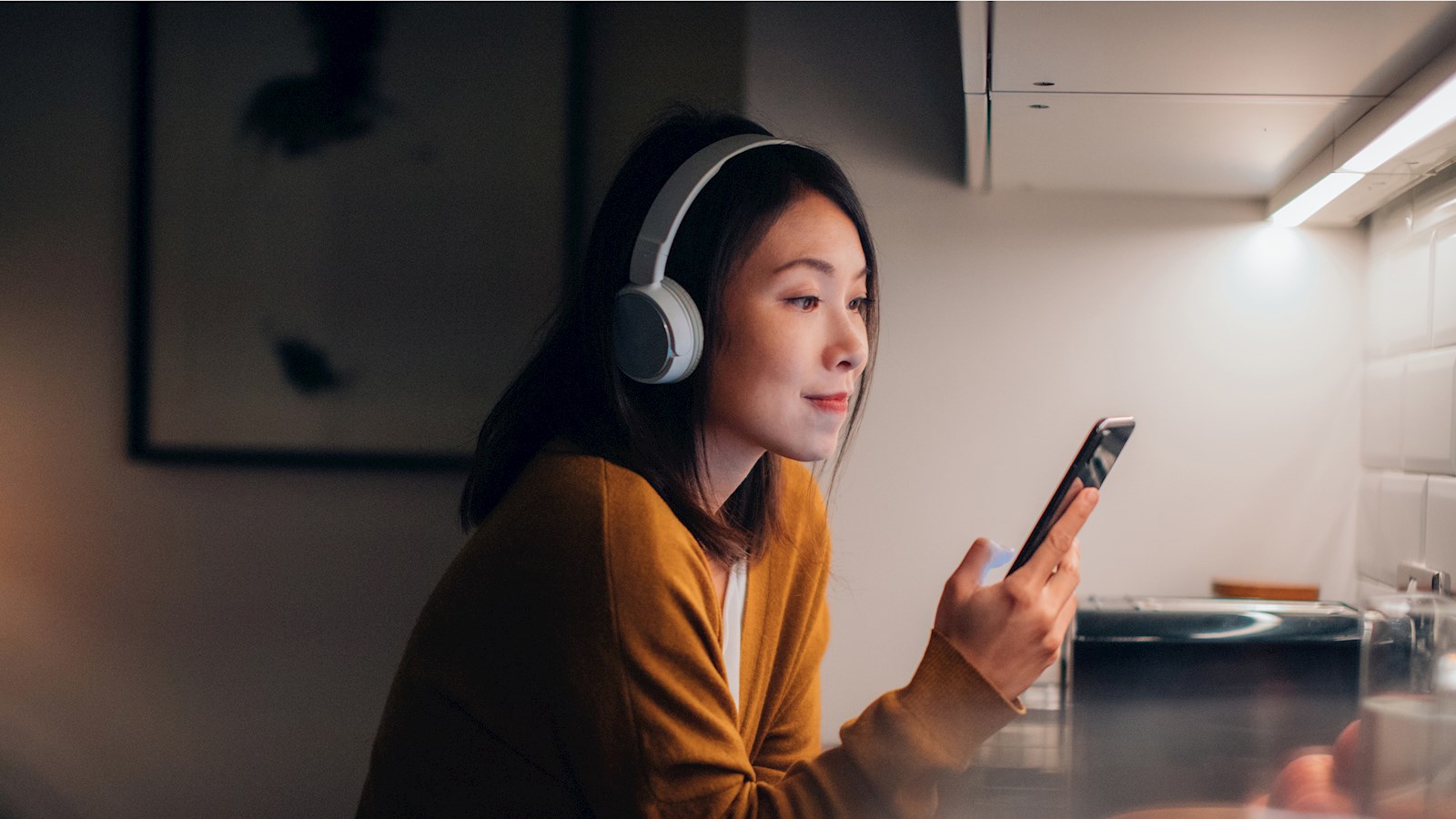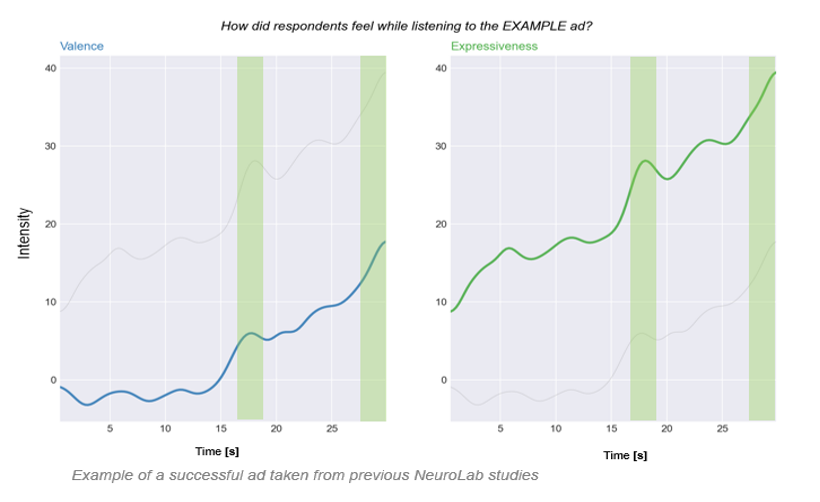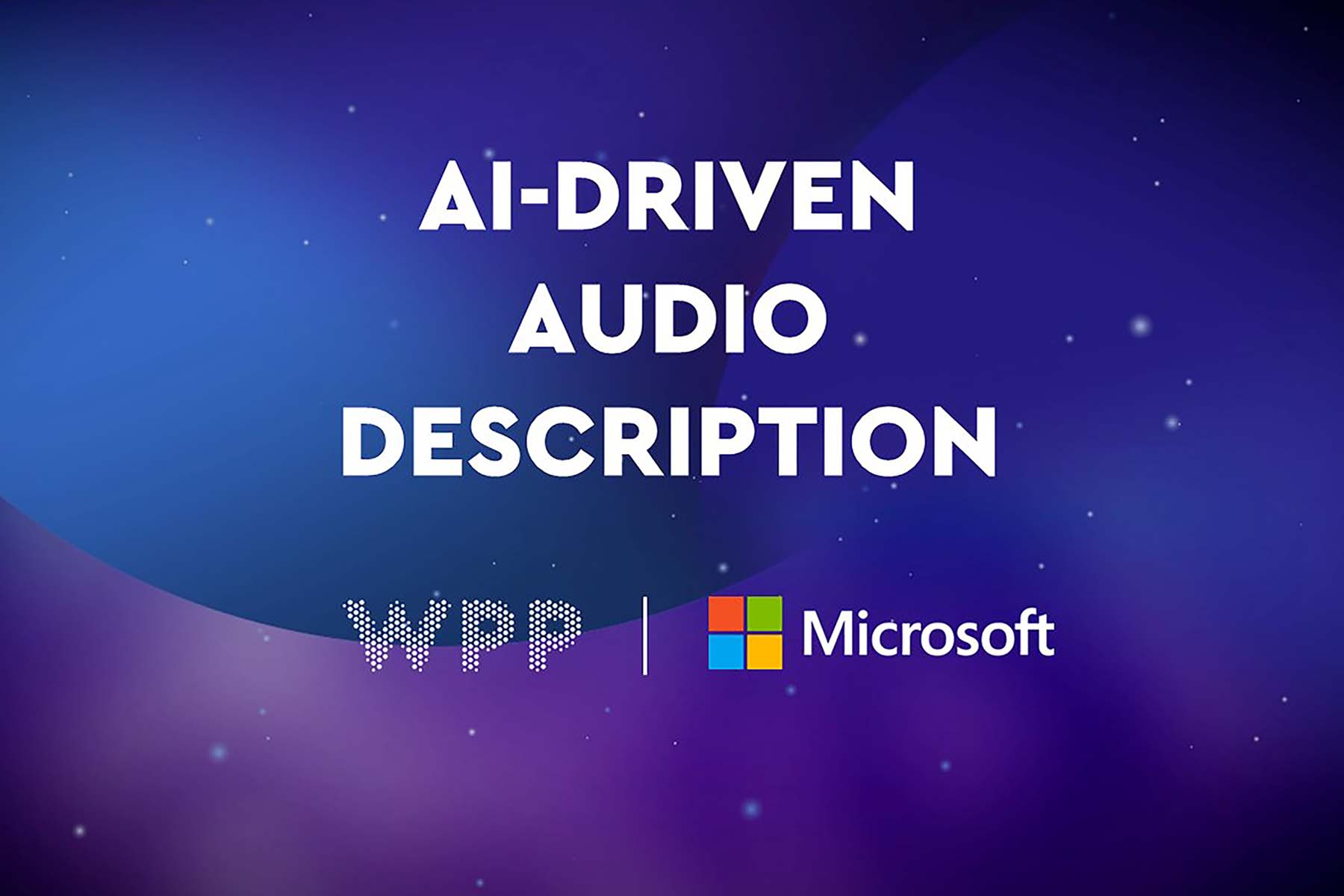
Engagement and emotions are triggered by audio
Audio ads trigger engagement, emotional intensity, memory and more, says Terence Scroope of WPP’s Mindshare
A recent study using neuroscience and cognitive research has found that audio ads consistently drive higher levels of engagement compared with other media formats. Not only that, but this high level of engagement persists whether the audience is listening to music or podcasts. These results highlight the strength of audio as a medium. When used the right way, it outperforms many other media channels in driving engagement, brand breakthrough and recall.
Conducted by WPP agency Mindshare (specifically its NeuroLab unit) and Spotify’s Sonic Science team in partnership with research firm Neuro-Insight, the study investigated consumers’ subconscious and conscious response to advertising. Increases in emotional intensity elicited by audio ads were 12% higher than global all-media benchmarks and correlated with an increase in brand breakthrough. Additional results showed how audio ads boost brand transference and brand resonance relative to the content that consumers are already consuming within a platform like Spotify.
The process: brainwaves and expressions
Using the techniques that we have mastered, Mindshare’s NeuroLab can understand which parts of the brain light up in relation to which assets and find out more about which creative work resonates with consumers when it is in audio format only. We can also see how micro movements in the face may reflect a reaction to an asset, for example, when the listener is surprised, sad, or afraid. All of this helps us modify creative and media strategies to maximise impact.
For this study with Spotify, we first asked participants about their demographics, preferences, and habits as they relate to podcasts and music. We wanted to understand how these attributes influence interests and vary amongst different cohorts of audiences, such as different generations.
Then, when it came time to test the audio creative, we ran facial expression analysis while our respondents were shown a first-person video simulating the experience of walking through a city. This was done to retain visual focus without distracting from the audio ad. The video was kept constant between all the brands and ads we tested to drive consistency.
Our use of facial expression analysis was designed to focus on two core metrics: valence and expressiveness. Measuring valence allowed the NeuroLab team to track the overall positivity or negativity of the experience, calculated as an aggregate of multiple facial expressions. Expressiveness tracks the overall emotional intensity where higher levels of expressiveness are generally associated with increased memory encoding. Past research has shown that more emotional ads lead to higher reported action intent and improved brand favourability, further emphasising the incredible value of connecting with your audience on an emotional level.

In other media, we know using talent is a great way to help a brand achieve its goals. Our research showed that it’s no different in the audio space. A recognisable or distinctive celebrity voice can be very effective at creating an association between a brand and a consumer. In one of the tests we did, a health-oriented brand included a specific, well-chosen celebrity voice as part of the ad and, upon consumers hearing that voice, (of someone known for being a particularly fit and in-shape celebrity) we saw an increase in brand resonance and valence. For another brand that we studied, we found ads featuring celebrity voices drove a 21% increase in engagement and emotional intensity.
For marketers, a celebrity’s body of work or associations in culture can have a halo effect for the brand. This is what will draw in the consumer and deliver credibility.
Addressability and the right content
Alignment of the asset to audience – in the audio environment – is vital. Addressability enables the delivery of the right audio ads to the right audience groups for the highest levels of resonance. Resonance can be based on simple metrics like behaviour or demographics, but there must be resonance to create an emotional connection.
We’ve found in numerous tests, both in this study and other earlier studies, that placement of the brand name within an audio ad is similarly important. Placement makes sense at either the very start of an ad or at the very end, but not in the middle. In this study, we saw particularly strong results for ads that had branding early on – ads that followed this formula saw the biggest peaks in emotional expressiveness.
Significant sonic opportunity
While digital audio advertising has come a long way, in many ways we are still in the early days of researching its impact on the consumer mindset and uncovering further opportunities to optimise consumer engagement. Even minor and often overlooked elements, such as background noise and scene-setting, can be hugely impactful – but there is work to be done in understanding how they affect the consumer. Subtle cues are not to be underestimated.
Sonic branding – a growing practice – is also on the cards. Some brands, whether intentionally or not, have already figured this out and are effectively using these audio signatures to reinforce their brand. In our study, we found that a gaming company had effectively trained its audience to associate a sonic signature with a popular gaming title and when that audio cue was used, we observed a marked increase in positive emotion, launching an upward trend for the remainder of the ad’s run. Once established, the proper utilisation of that sound can evoke an emotion or create a connection, and these effects can be impactful across a wide and diverse audience.
The insights derived from this study help to advance the NeuroLab’s mission to unpack why people do what they do and improve the advertising experience.
published on
09 October 2023
Category
More in Experience

Let’s add audio for visually impaired audiences
How to make advertising more accessible for visually impaired audiences

The Future 100: wellbeing, humanity, emotion and tech
This annual trend spotter – by WPP’s VML – gives us the context for the new normal for marketing in 2024.

Activating sports events – the ultimate balancing act
WPP Sports Practice takes a look at the art of timing for sports event activation

